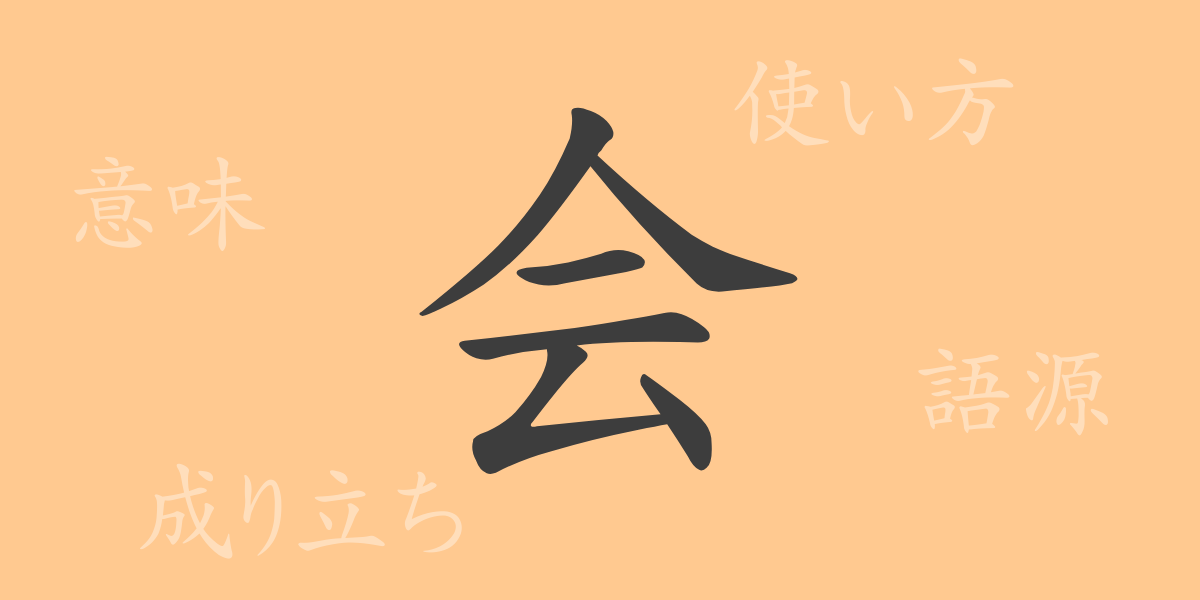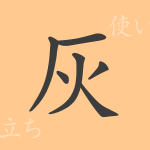Language shapes culture and has the power to connect people. In Japanese, kanji symbols embody the richness of expression, and one such commonly used character in everyday life is “会” (Kai). This article delves into the meaning, origins, and usage of “会” (kai), inviting you to explore the multifaceted nature of this character while appreciating the depth of the Japanese language.
The Origins of 会 (Kai)
The kanji “会” (Kai) has its roots in ancient China. It evolved from a pictograph that depicted two people facing each other. This imagery gives us insight into why “会” (Kai) came to mean gatherings and meetings. Over time, “会” (Kai) has come to represent various scenarios of ‘coming together’, such as assemblies and gatherings.
The Meaning and Usage of 会 (Kai)
The kanji “会” (Kai) encompasses meanings such as “to gather,” “to meet,” and “to understand.” It is often used to indicate when people come together, but it also applies to grasping abstract concepts. For instance, “会話” (Kaiwa) refers to communication between people, “会議” (Kaigi) to a forum for exchanging opinions, and in the sense of “understanding,” it can be used in the term “会得する” (Etoku suru).
Readings, Stroke Count, and Radical of 会 (Kai)
In Japanese, the kanji “会” (Kai) has multiple readings.
- Readings: The on’yomi (Chinese reading) is “カイ” (Kai), and the kun’yomi (Japanese reading) is “あう” (Au).
- Stroke Count: “会” (Kai) is composed of a total of 6 strokes.
- Radical: Its radical is “亠” (Nabe buta).
Phrases and Proverbs Using 会 (Kai) and Their Meanings
There are many idioms, set phrases, and proverbs in Japanese that include the character “会” (Kai). Here are a few examples:
- 会合 (Kaigou): Refers to people coming together or the gathering itself.
- 会話 (Kaiwa): The act of exchanging words between two or more people.
- 一期一会 (Ichigo ichie): A proverb meaning to cherish every encounter as if it were once in a lifetime.
- 不即不離 (Fusoku furi): An idiom that describes a relationship that is neither too clingy nor too distant, indicating a skillful way of associating.
Conclusion on 会 (Kai)
The kanji “会” (Kai) is frequently used in our daily communication, signifying everything from gatherings of people to expressions of once-in-a-lifetime encounters. Understanding the many meanings this character holds can enrich our expression in the Japanese language. It is our hope that through this exploration, you have gained an appreciation for the complexity of “会” (Kai) and that it serves as a step toward a deeper understanding of Japanese.

























